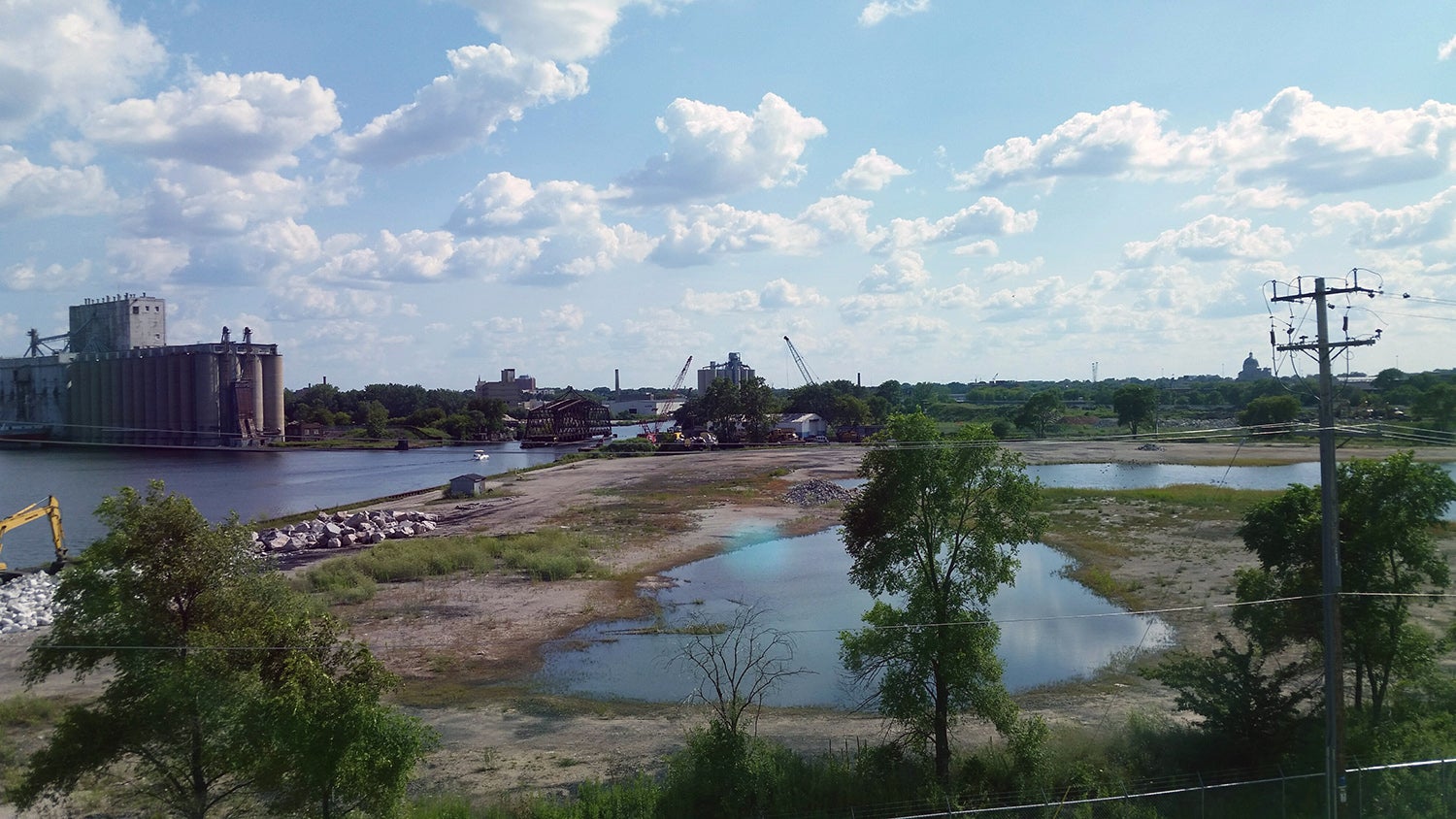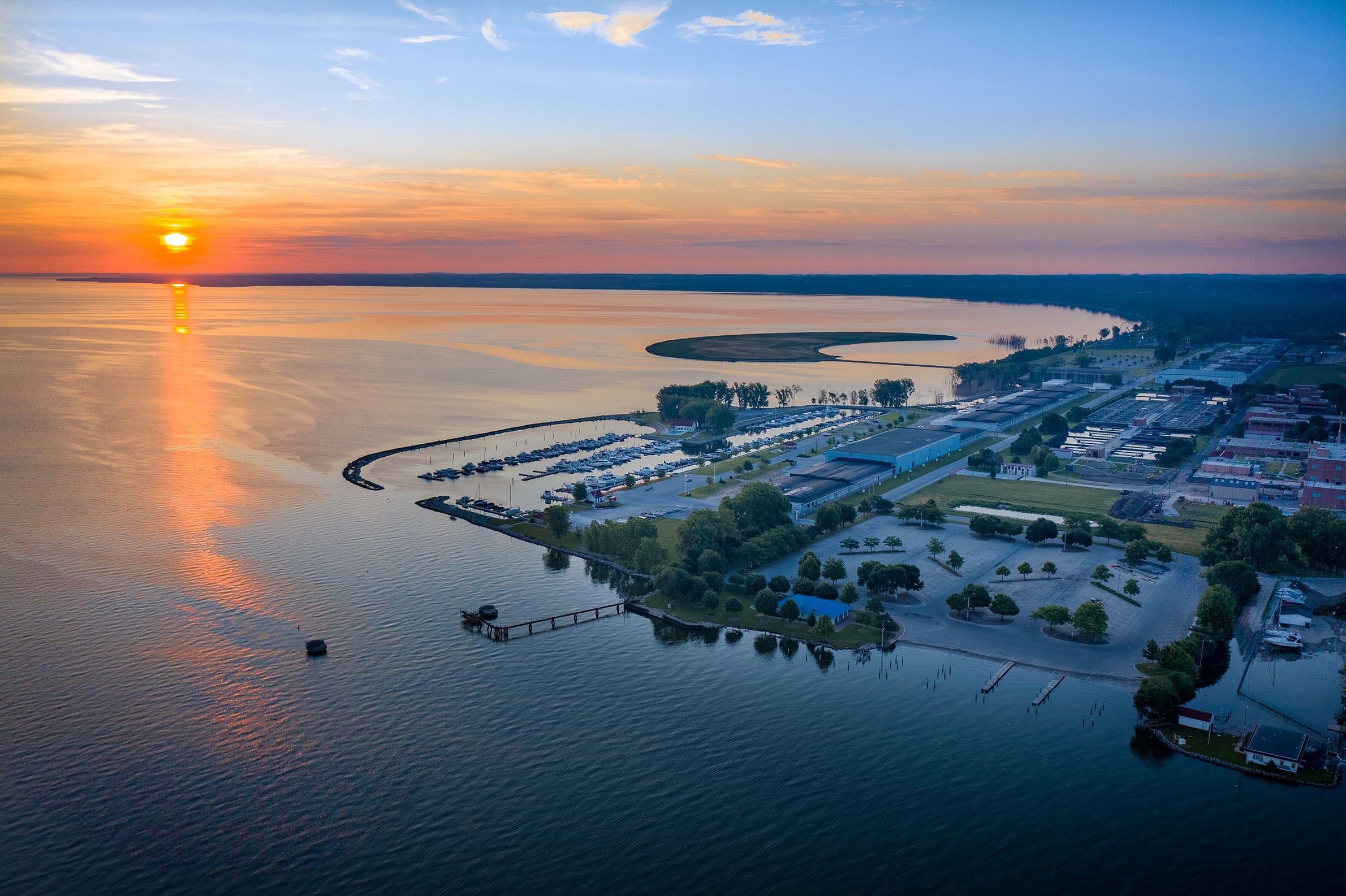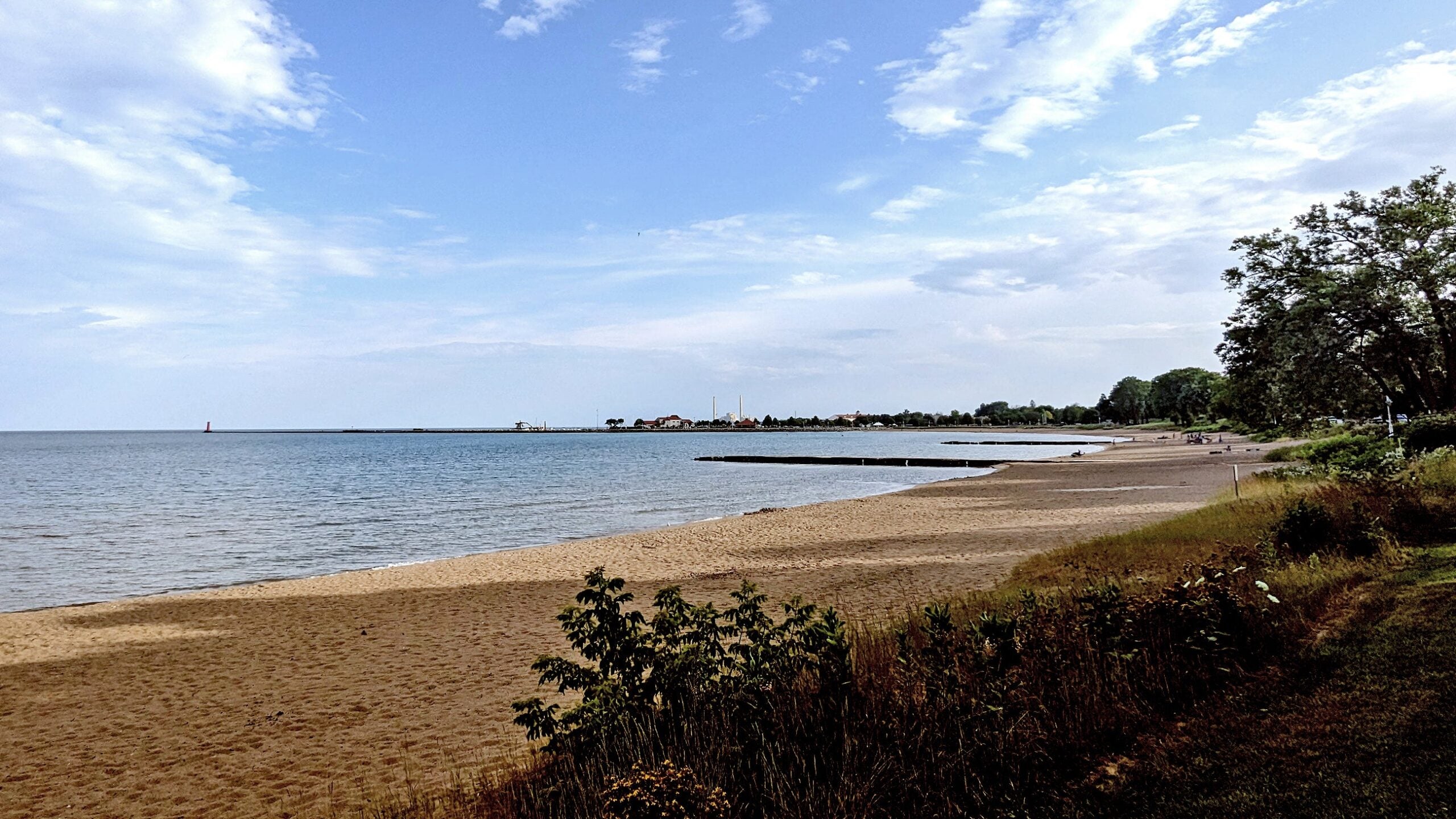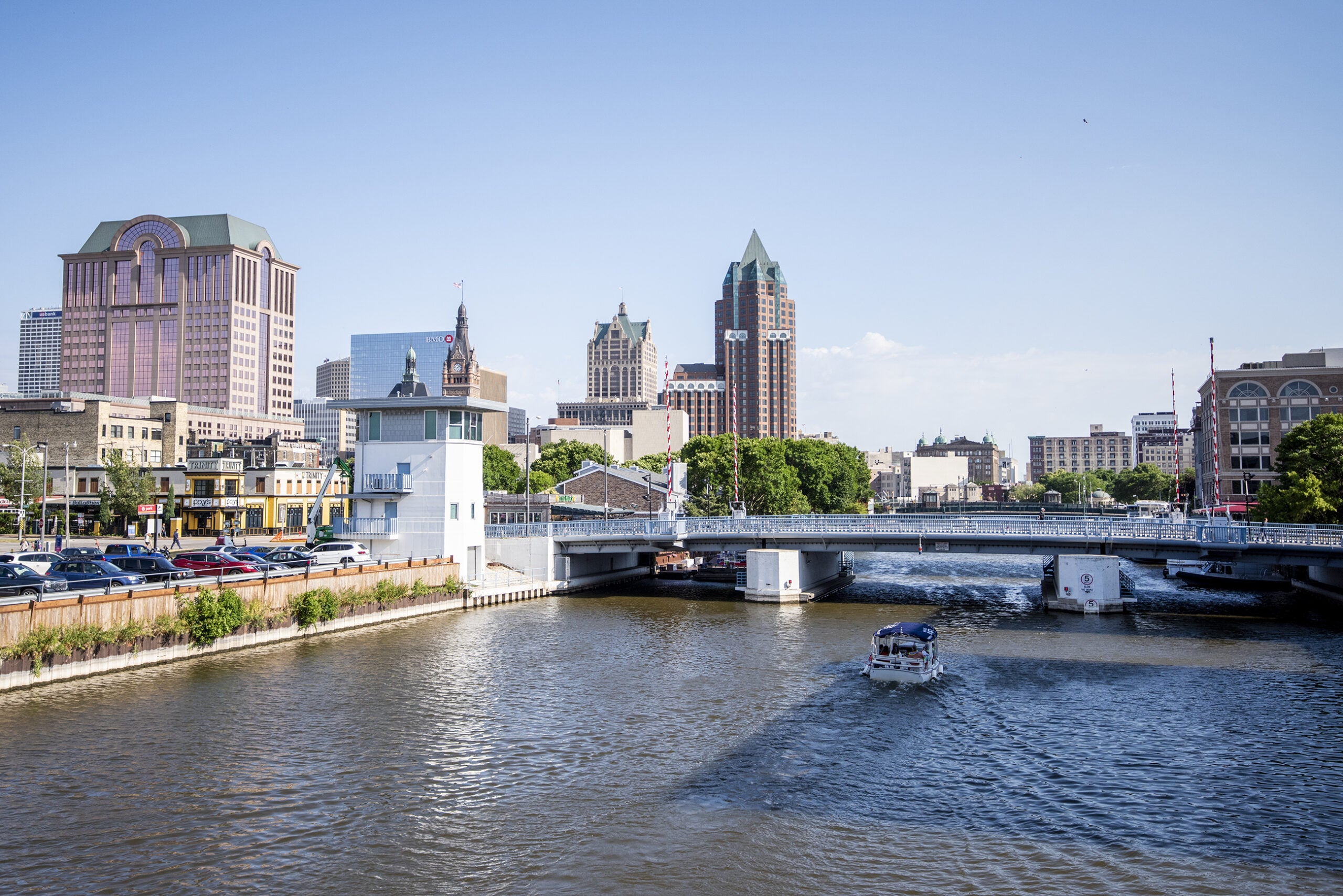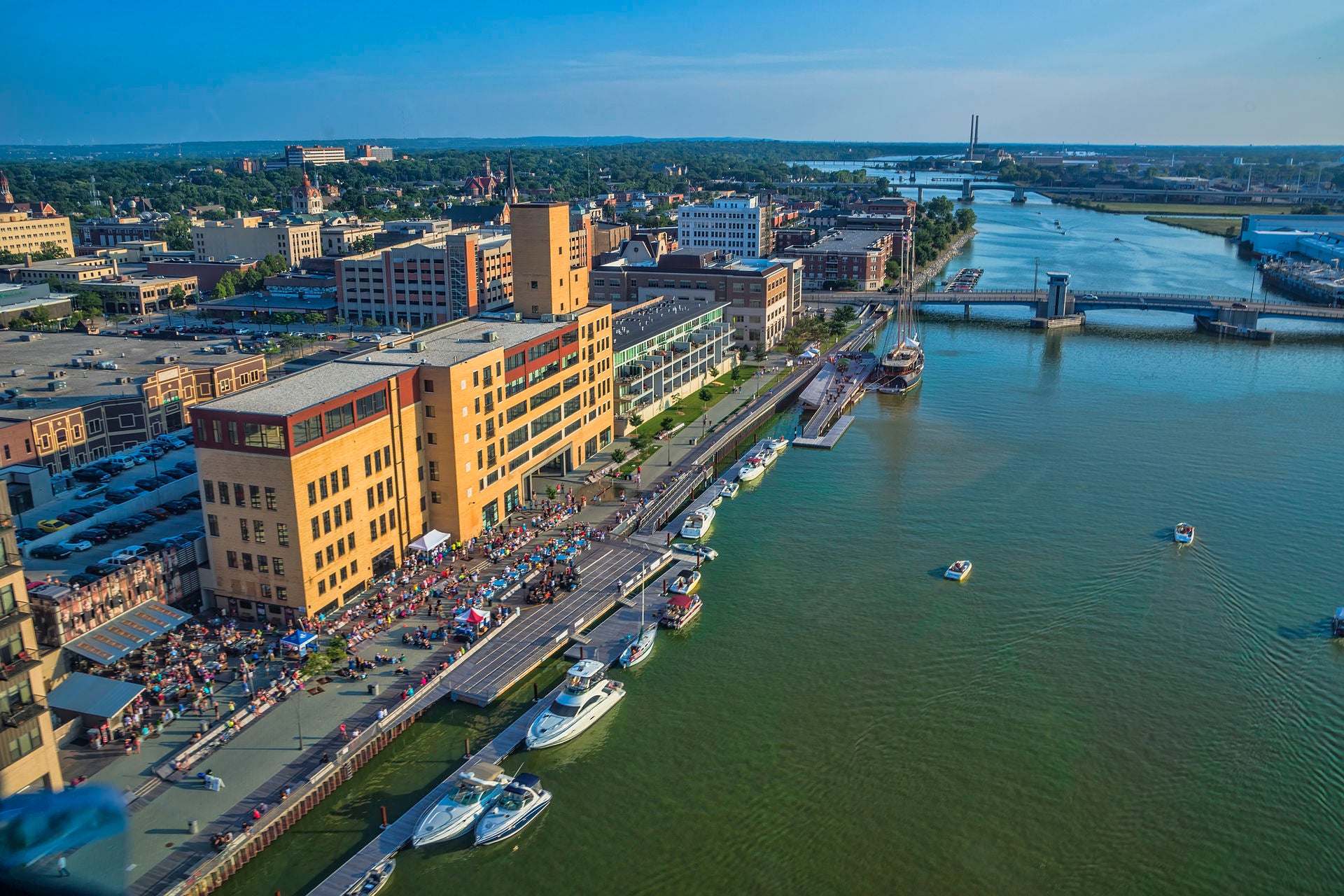Pollution cleanup continues in the Milwaukee harbor, which is one of about 40 toxic hot spots around the Great Lakes. But according to the Wisconsin Department of Natural Resources, it isn’t sure when the work will be finished.
Officially called the Milwaukee Estuary Area of Concern, the contaminated area continues several miles up the three rivers that join at Milwaukee’s harbor. The area of concern is impaired in 11 ways, with some dubbing it a “mega-area of concern” because the troubled zone is so large and complex.
Progress has been made in recent years, Wisconsin DNR coordinator Stacy Hron says, especially on cleaning up contaminated sediment. But the completion date is uncertain.
Stay informed on the latest news
Sign up for WPR’s email newsletter.
“It’s really dependent on getting some of those cleanups organized and getting funding for those. It’s a big thing to get those done and funded,” Hron said Tuesday, during a pause in a tour of the Estuary she was leading for the Natural Resources Board.
For about 30 years, the federal government has occasionally helped pay for work in the roughly 28 areas of concern in the United States, there are additional such areas in Canada. But environmental groups say they’re still not sure what this Congress and presidential administration will do with Great Lakes funding.
Hron said a $250,000 federal grant is helping to restore what may be the last wetland near the Milwaukee harbor. It’s called the Grand Trunk Wetland, named after the rail yard that, for decades, was on the 6-acre site. It remains an industrial area, Hron said, “So, this isn’t like, when we do wetland restorations … along the lovely bay of Green Bay, in a natural area. We’re building habitat in the middle of an urban industrial park eventually.”
Hron said one goal is to create habitat for northern pike to spawn. She estimated the overall price tag to restore the wetland is likely to be a few million dollars.
Wisconsin Public Radio, © Copyright 2024, Board of Regents of the University of Wisconsin System and Wisconsin Educational Communications Board.

